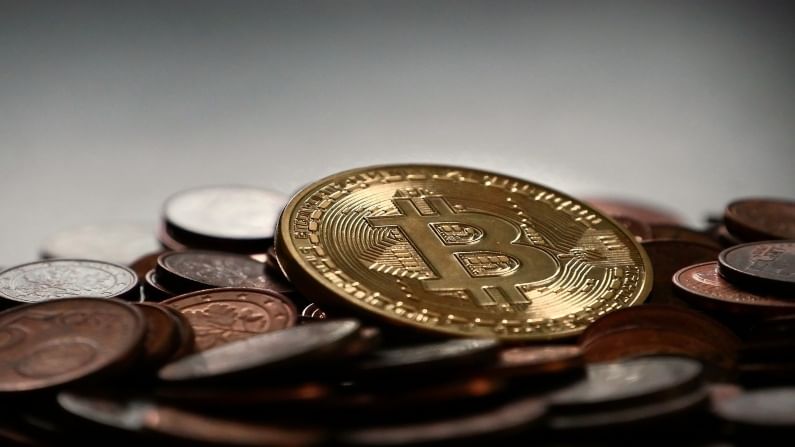Regulators plan tough norms for banks on cryptocurrencies
The Basel Committee on Banking Supervision stated the banking industry faces increased risks from cryptoassets

Given the risks involved with cryptocurrencies, banks will have to meet high capital requirements for holdings cryptocurrencies under global regulators’ plans to ensure financial stability from the volatile market. The Basel Committee on Banking Supervision (BCBS) proposed 1,250% risk weight be applied to the maximum of long and short positions banks are exposed to.
The report titled Prudential treatment of cryptoasset exposures which was released on June 10, 2021, stated, “The growth of crypto assets and related services has the potential to raise financial stability concerns and increase risks faced by banks. The capital will be sufficient to absorb a full write-off of the cryptoasset exposures without exposing depositors and other senior creditors of the banks to a loss.”
The Basel Committee on Banking Supervision provides a forum for regular cooperation on banking supervisory matters. Its 45 members comprise central banks and bank supervisors from 28 jurisdictions.
The committee also stated that the banking industry faces increased risks from cryptoassets because of money laundering and high volatility in prices.
In order to determine minimum risk-based capital requirements for credit and market risk, cryptoassets are classified into two groups: Group 1 and Group 2 cryptoassets. The report stated, “The cryptoasset either is a tokenised traditional asset or has a stabilisation mechanism that is effective at all times in linking its value to an underlying traditional asset or a pool of traditional assets.”
Recently the Reserve Bank of India (RBI) came out with a clarification that the circular issued by the regulator in 2018 is no longer valid from the date of the Supreme Court judgement. It also mentioned that the RBI circular cannot be cited or quoted while warning customers about their crypto transactions.
The circular came after banks sent written notices to their customers for cryptocurrency transactions. The banks were quoting the 2018 RBI circular pointing out that they have not yet received any official communication from RBI post that.

